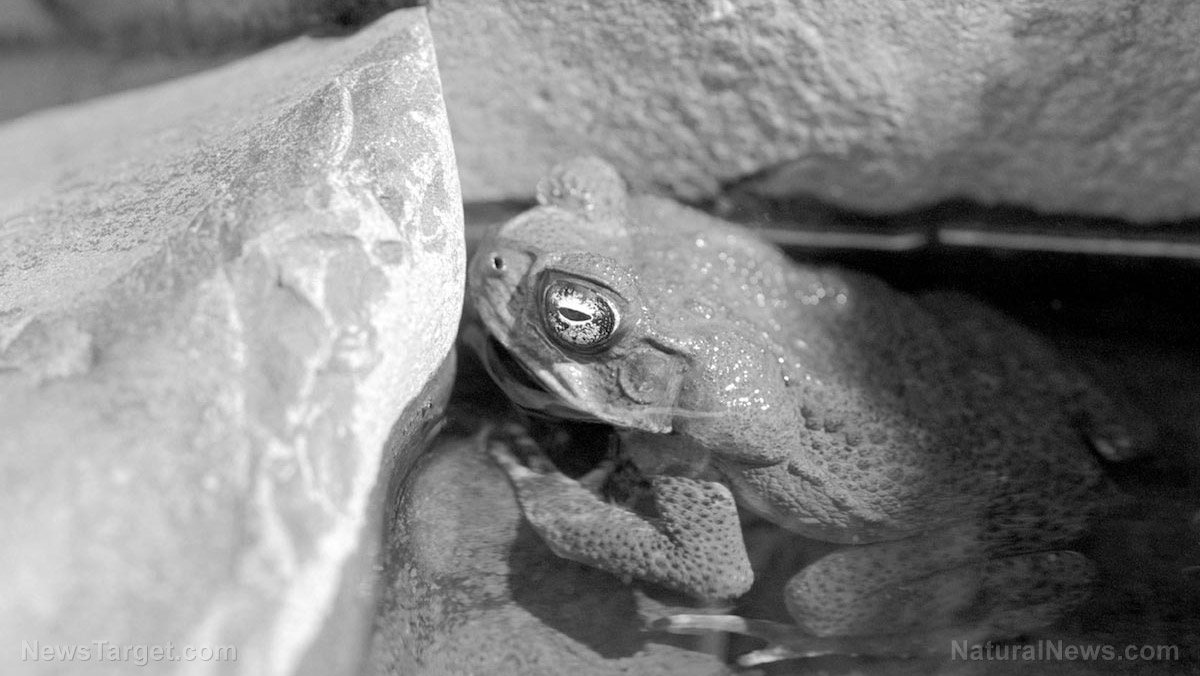
Amphibians like frogs and toads have a different way of forming free fingers compared to other animal species. They form fingers without webbing through differential growth patterns. On the other hand, amniotes, which are animals that either lay their eggs on land or retain the fertilized egg in the mother's womb, rely on a process known as interdigital cell death. This means that the animal fetus forms webbed digits, but the cells in between the fingers die during development. This mechanism contributes to a greater variety of limb shapes. (Related: Cool science: Researchers have successfully observed how fish and amphibians regenerate tissue into their perfect original shape.)
According to Mikiko Tanaka, senior author of the study and associate professor at the Tokyo Institute of Technology's School of Life Science and Technology, the development of free fingers through interdigital cell death depends on the production of reactive oxygen species (ROS). ROS are a type of chemical species that contains oxygen, such as free radicals. Furthermore, they believe that ROS only occur when embryos of certain animal species are exposed to sufficient levels of oxygen during embryonic development.
Tanaka and her team, which consists of researchers from Japan and the US, believe that because high oxygen levels can induce cell death in amphibians like frogs, the mechanism that initiates interdigital cell death may be common among both amphibians and amniotes alike.
"But amphibians do not employ cell death to shape their interdigital regions," said Tanaka. "It is the difference in growth rate between the digital and interdigital regions that will determine their final proportions. We think that interdigital cell death appeared in amphibians only as a by-product of the high oxygen levels, a first step in this evolutionary process. This new step eventually was integrated to the limb development and became essential to shape the limbs of modern amniotes."
Animal embryos put under the spotlight
In their research, Tanaka and her team examined embryos from different animal species. They examined these embryos while they developed under different laboratory conditions. For example, chickens, which are amniotes that experience interdigital cell death, had startlingly fewer cells that died when the oxygen levels were changed. For comparison, the African clawed frog, which typically does not experience interdigital cell death, experienced it when the amount of environmental oxygen was increased. Furthermore, they found that increasing the density of blood vessels in the limbs of frogs also induced cell death.
Tanaka and her team explained that the interdigital region is filled with blood vessels, and provide the tissues with a lot of oxygen, and that a lot of this oxygen can be converted into ROS. "Paradoxically," said Tanaka, "ROS are traditionally considered villains such as in aging and infertility, but it is becoming clear that there are physiological levels of ROS which vary according to each cell and regulate several signaling pathways during the development and in the adult organism."
Tanaka said that while both amniotes and amphibians can have either free fingers or webbed digits, the two animal groups form their limbs in different ways and that this variety allowed for the evolution of different limb shapes. These include the human digits, the lobed toes of coots and some other duck species and even the removal of digits altogether such as with horses and camels.
In the future, Tanaka wishes to further understand what role ROS play during embryonic development and how interdigital cell death became integral to the limb development of amniotes. This can also lead to future research concerning how certain drugs filled with ROS, which may contain free radicals, can cause developmental defects in humans.
Sources include:
Please contact us for more information.























